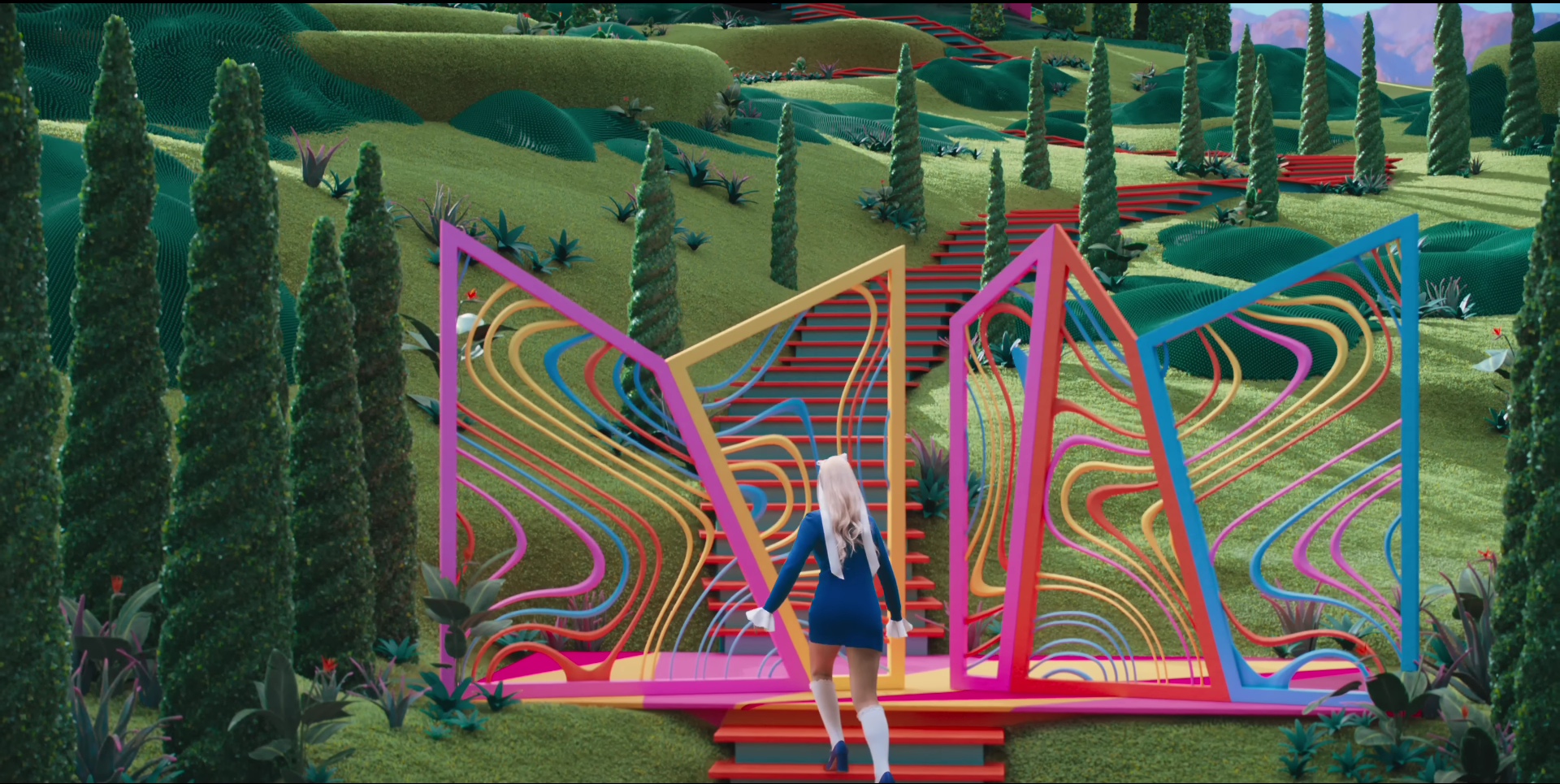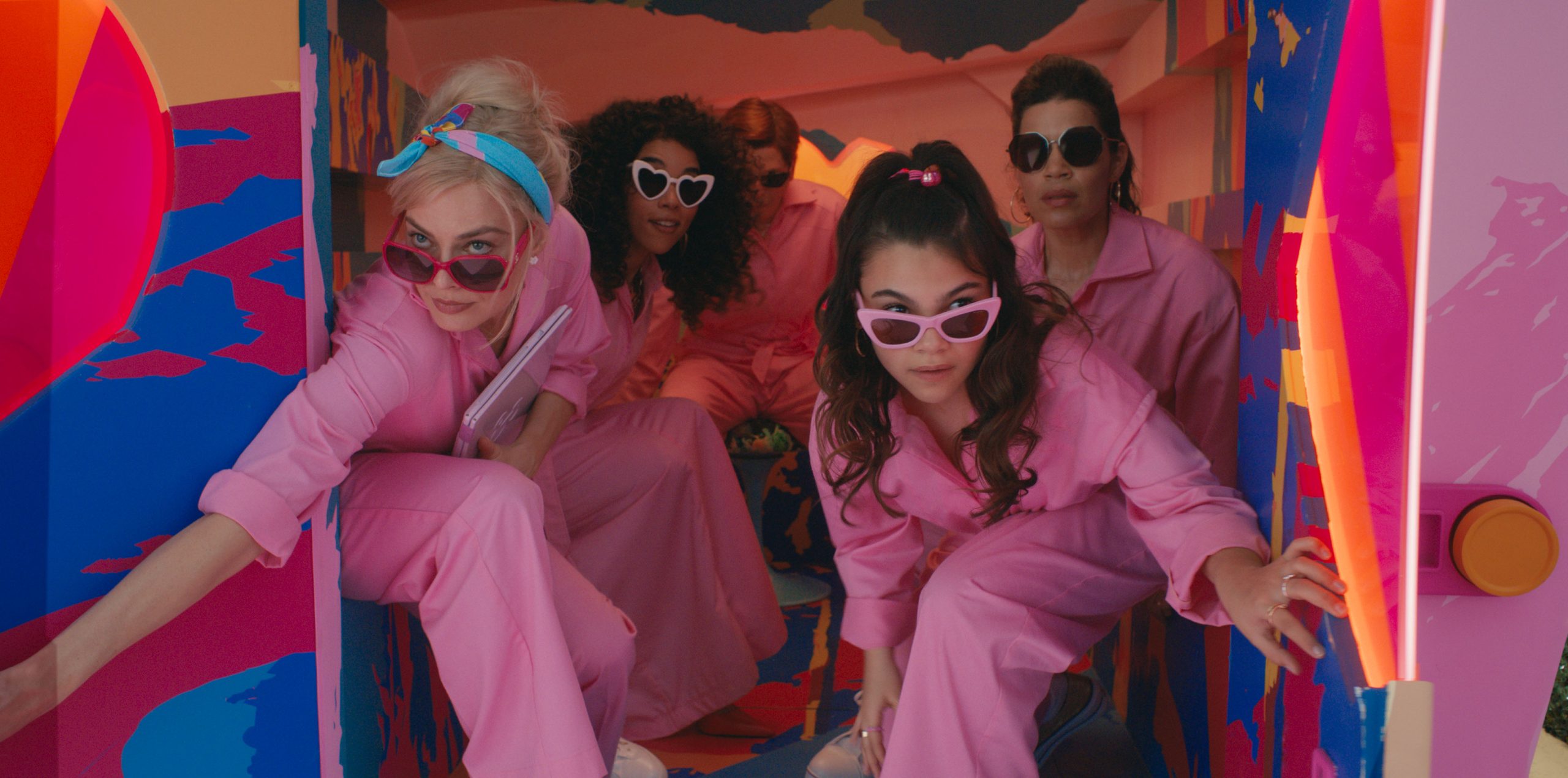TO SAY that the Barbie in this film is the most unconventional (or the most ‘woke,’ according to its critics) depiction of the world’s most famous doll is a gross understatement.
After all, the film features a protagonist who is supposedly a representation of a plaything but who spurns control; a character associated with the “dumb blonde” stereotype but who insists on deciding for herself.
But perhaps the most evident attempt to defy dominant notions about the toy icon lies on her refusal to be confined within a box. In the film, solace becomes synonymous with breaking free from narrow confines and sharp corners.
Greta Gerwig, who has co-written and directed independent films, delves into extravagant set designs, A-listers, and pop music in her directorial work for “Barbie.” Written by Gerwig with Noah Baumbach, “Barbie” initially introduces a veiled message about the daily adversities confronting women. Ultimately, it unveils an escape act from the constricting boxes and conditions real-life Barbies find themselves in.

Because of the film’s extensive reach and perhaps partly due to its marketing campaign, it was no surprise that “Barbie” faced a huge controversy while it was being promoted. Ironically, the massive backlash stemmed from a small detail in one of the scenes included in its trailer. China’s infamous nine-dash line supposedly appears in the scene where Weird Barbie (Kate Mckinnon) shows Stereotypical Barbie (Margot Robbie) a map of Barbie Land and the real world. The nine-dash line depicts China’s expansive maritime claim in the South China Sea, which was invalidated by an arbitral tribunal in 2016. The map detail prompted Vietnam – one of the claimants contesting China’s maritime claim in the strategic sea lane — to ban the film.
The huge backlash over the map prompted the Philippines’ Movie and Television Review and Classification Board (MTRCB) to examine the film. Following reviews and consultations with various sectors, the MTRCB concluded that the map did not illustrate the nine-dash line. Aside from the map’s child-like presentation, the line itself only had eight dashes. The MTRCB also considered the context the map was used in, which was to illustrate Barbie’s journey to the real world. Beyond this controversy, what Barbie offers are perspectives of women about issues affecting them .
Barbie wakes up from a picture-perfect life into one that counts her out of the conventional stereotypes of what it means to be the iconic doll. This paves the way to a long journey towards self-discovery, an endeavor undertaken outside pink mansions and one that leads to the dull, fast-paced, and bitter reality that the real world offers.

In that journey, Barbie learns about the harsh realities of what a perfect-bodied, blonde-haired and blue-eyed fashion doll has done to young women’s perception of themselves. The dangers of Barbie’s perfection expose themselves. As soon as the perfection fades away, it becomes apparent that Barbie has gradually lost her place in Barbie Land, prompting her journey towards self-discovery.
Accompanying her is Ken (Ryan Gosling), Barbie’s counterpart who unintentionally also embarks on self-discovery. The film’s satirical use of characteristic masculine elements such as trucks and horses in order to show Ken’s sudden desire to dominate Barbie Land serves both purposes of comedy and conflict. What comes out of Ken’s discovery is Barbie’s further loss of continuity and normalcy.

A turning point of the film is a scene wherein the executives of toy manufacturer Mattel attempt to put Barbie back in the box because she is not supposed to be anywhere but Barbie Land. Barbie escapes from the box as the executives try to capture her.
Viewers may be puzzled by Barbie’s refusal to be boxed, which goes against her true purpose as a children’s toy. However, it is in the moment that she refuses to be boxed that the story’s direction becomes clearer. Outside of the box, literally and figuratively, Barbie holds the power to imagine and choose. This very same power, while easily possessed by many, imposes conditions on women as heavily portrayed by Gloria (America Ferrera).
The loss of normalcy and perfection in Barbie’s life paves the way to themes of choice and empowerment — both of which are present in Barbie Land, but not so much in the real world. One of the film’s unique points is staying true to its inspiration from the Barbie doll line. Barbie’s thoughts, demeanor, and style all scream the stereotypical doll showcased in films and series. Robbie’s portrayal rightfully emulates that of a plastic Barbie doll.

The marketing of the film was what truly captured the general public’s interest. The likes of Dua Lipa, Nicki Minaj, and Billie Eilish were able to take the film’s multiple dimensions and translated it into three different soundtracks, each giving off a different vibe while still staying true to the arcs that Barbie went through in the film. With every scene of Barbie Land, one cannot help but marvel at the visuals, and for some, the pink dream houses and gingham dresses fulfill the childhood fantasies one may have had with the extensive reach of the fashion doll line.
Drawing inspiration from Barbie dolls, the film shows multiple variations of the popular female character. What is lacking, however, is the in-depth exploration of these Barbie versions. Their succeeding roles in the film do not make up for their initial appearances. Robbie’s Barbie completely overshadows the presence of other Barbies. With multiple variations of Barbie appearing in the film, there is a potential for a more diverse storyline.
Some viewers may scoff at the movie’s obvious attempt to peddle social and political views using a beloved icon that gained fame at a time when “woke” only meant the simple past tense of wake. After all, there have been a lot of criticisms against the incorporation of certain beliefs in creative outputs that altered the nature and even the appearance of well-known characters.
But few will disagree that “Barbie” demonstrates the power women will have once they escape the boxes they are in. Allowing Barbie to discover her ending signifies a resolution that is more than a profound lesson. Barbie’s resolution connects viewers back to the scene of her refusal to be boxed. This refusal comes at a price that can only be paid with the power of choice and empowerment, both of which women all over the world continuously seek. F – Maria Althea V. Javier



